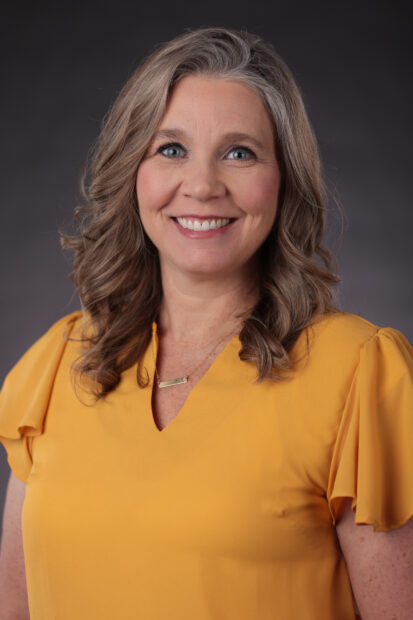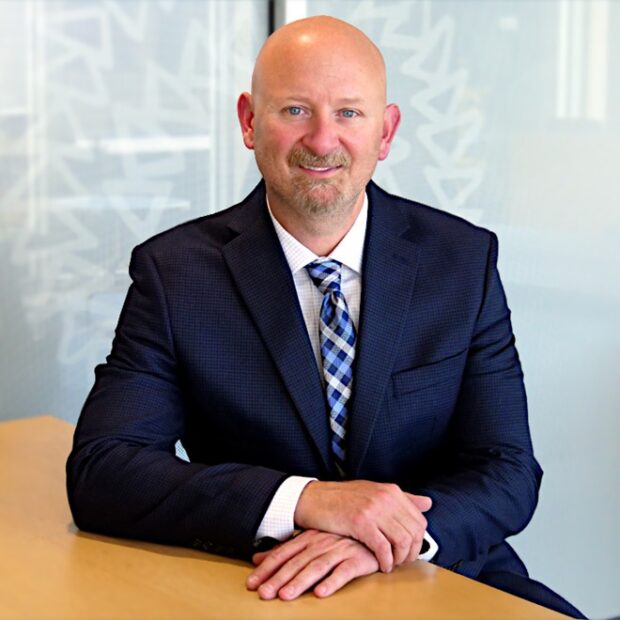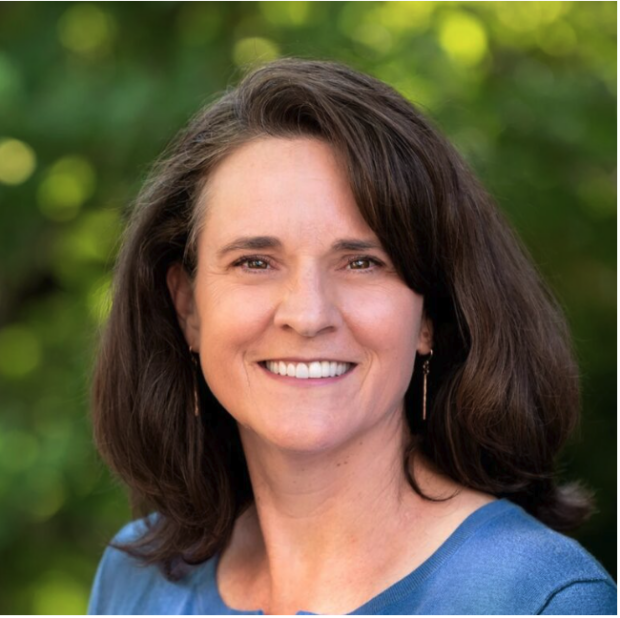Idaho students are hitting “historically low” performance rates in math — and it’s a cause for concern, according to Katie Shoup, the State Board of Education’s educator effectiveness program manager.
And the pandemic only exacerbated gaps in math learning. But help is on the way.
Idaho’s three largest universities — Boise State, Idaho State, and the University of Idaho — were recently awarded nearly $3.5 million in combined grants to help get Idaho’s kids back on track when it comes to math.
Professors at each university plan to use the funds to help K-12 teachers better reach students. And those math experts say there’s a lot at stake.
When students hit roadblocks and fall behind in math class, it can impact their career earnings and opportunities for the rest of their lives. Plus, math frustrations can impact students’ self-confidence and willingness to engage in difficult academic tasks.
The grants, which are funded with federal COVID dollars and were awarded by the State Board, are timely as educators tackle learning gaps that grew during the pandemic.
Students still aren’t back to pre-pandemic achievement levels on the math portion of the Idaho Standards Achievement Test (ISAT) — in 2022, only 42% of students scored proficient or higher on the exam. That still falls short of the 44.4% proficiency rate in 2019, and is even farther behind the state’s goal of 61.1% proficiency.
And it means most Idaho learners aren’t understanding grade-level math.
Here’s how each college and K-12 teachers are teaming up to close the learning gap.
Idaho State: With more students falling behind, math teachers are looking for answers
Online learning during the pandemic did not spark critical thinking the way that teachers in classrooms do.

“It takes that knowledgeable teacher to be able to ask the right questions that allow a student’s thinking to become visible,” Angie Godfrey, director of the regional math center at Idaho State, said.
And without those in-person interactions and varying levels of support at home, more students than ever are struggling with math — at least according to what teachers are anecdotally telling Godfrey. Instead of a handful of kids in each class who are behind in math, now it’s more like half to two-thirds of each class.
“So now that there’s so many more, teachers don’t know what to do,” Godfrey said. “Do we go back a grade level? Do we keep plugging away? … How do we help such a large chunk of kids falling below grade level?”
And those are the questions Godfrey wants to help teachers answer.
Her suggestion: “keep them at grade level.” Instead of going back and reteaching concepts from the year before, she advocates for “just-in-time” teaching — which means teaching grade level concepts but addressing learning gaps as they arise.
“All kids are capable of learning math and mathematical thinking at a deep level … We want to help catch them up so that they have access to the opportunities that can help them become and do whatever they choose to do.” — Angie Godfrey, director of the regional math center at Idaho State
No matter how far behind students are, it’s essential that they get caught up, Godfrey said — their futures depend on it: “All kids are capable of learning math and mathematical thinking at a deep level … We want to help catch them up so that they have access to the opportunities that can help them become and do whatever they choose to do.”
And teachers should move away from placing students in remedial classes, because then students are set on a track that’s likely below their potential and challenging to escape.
“It’s very, very difficult to get them out of an already predetermined path.”
Here’s what Godfrey and her team plan to offer participating educators with the two-year, $1.1 million grant:
- Kickoff workshop: At this in-person event in September, educators will discuss strategies to implement throughout the school year.
- Monthly meetings and classroom coaching: Support will be provided as teachers bring new practices to their classrooms.
- Online class: In the second year, teachers will continue learning virtually.
Participants will earn $500 stipends and professional development credits, though Godfrey said most teachers don’t need incentives.
“Teachers are … just eager to help these kids recover from the effects of the pandemic on math education.”
There’s space for about 200 educators to participate this year, and another 200 next year.
University of Idaho: Teachers are ‘hungry’ for ideas to help students
Ryan Gillespie, an assistant math professor at the University of Idaho, was shocked by the amount of interest in a new program that aims to help them address math learning loss.
“It’s a tough teaching climate right now,” he said. Plus, the program would be time-consuming.

But in less than a week of opening up the registration, more teachers had applied than the program had room for.
“It’s really exciting to see Idaho mathematics teachers hungry for this kind of learning and willing to put the time in,” Gillespie said.
Anecdotally, Gillespie said he’s hearing that the pandemic affected kids differently — some fell far behind and others kept pace — possibly due to extra resources and support at home, or lack thereof, during school closures. In COVID-19’s wake, teachers are working to meet each student where they are — and that’s become more challenging due to those exacerbated learning divides.
One way to reach all students is with more hands-on, real-world applications of math skills, Gillespie said.
“Then all kids have the opportunity to really grapple and think and problem solve … it’s fun and energizing and it benefits kids a lot.”
For example, a sixth grade class might learn about ratios and comparing fractions by solving a real world problem, like how to make the best orange juice. What would be the most flavorful ratio of orange concentrate to water — 1:2 or 2:3?
An activity like that is more engaging and “mathematically rich” than a lecture followed by a worksheet, Gillespie said.
He and colleagues at U of I had already developed a math teacher training program as part of another grant that expired. This grant — for about $863,000 — gives them the chance to extend it to more educators over two years. Their program has three parts:
- Online class: Educators enroll in an online class (developed by Idaho math experts) to learn about effective math teaching strategies.
- Video clubs: Educators then join in online groups to watch and discuss videos of the teaching strategies they just learned about in practice — and the short clips feature teachers in Idaho classrooms with Idaho students.
- Practice and reflect: The teachers practice implementing the strategies themselves, and film the lessons. Later, they review the lessons one-on-one with a coach and discuss takeaways. Each participant gets two sessions with a coach per school year.
And teachers who participate will earn $2,000 stipends and professional development credits.
“Teachers are professionals and we need to compensate them when they’re doing this work outside of their contract,” Gillespie said. “And professional learning takes a lot of time and intentionality.”
A second cohort of educators will be invited to apply and participate next school year as well. About 18 will be selected each year.
Boise State: Making math about more than memorization
Student struggles with math are not new, said Michele Carney, director of the Math Education Collective at Boise State.

Part of the problem: they learn math procedurally. Students follow steps and memorize formulas, but “don’t necessarily understand why they’re doing the things they’re doing.”
It makes it hard to progress as math concepts get more difficult, and eventually, students “start to feel unsuccessful in math.” And then they “get filtered out,” or feel they don’t belong or have what it takes to be a mathematician. Then, they miss out on career opportunities and more.
With its new grant dollars (nearly $1.5 million over two years), Boise State’s math center hopes to derail that downward spiral.
It’s providing training for teams of teachers and administrators from area schools to brainstorm how to help students move beyond memorization to comprehension.
And there was a staggering amount of interest — teams from 86 schools applied for the training, but ultimately there was only funding for about 26 teams from 34 schools, Carney said.
Here’s what the training will include:
- Summer institute: Teachers will gather and work in school teams to select a tailored strategy to adopt this coming school year. Boise State will provide a menu of teaching strategies and ideas, or teams can create their own.
- Support from math specialists: Designated math specialists will visit each school about 10 days/school year to offer support and help.
- Math leaders: Each team will choose a math leader, who can carry on the work at their school beyond the life of the grant.
Participants will earn $250 stipends and professional development credits.
